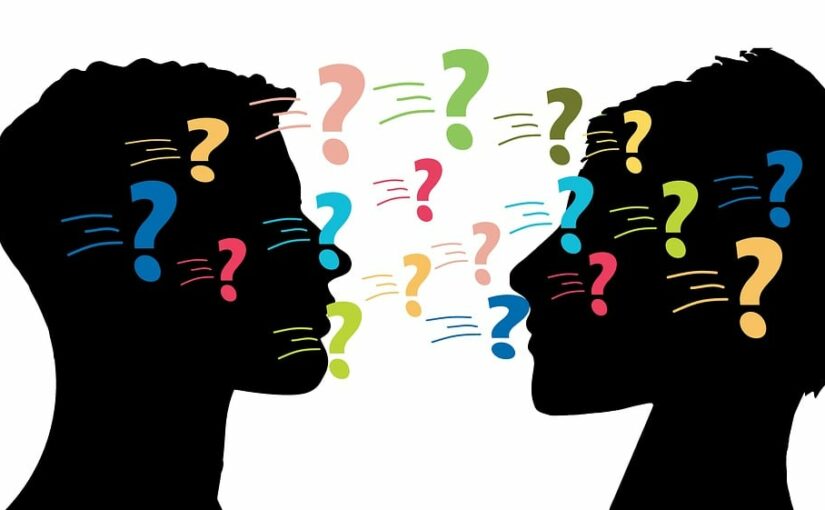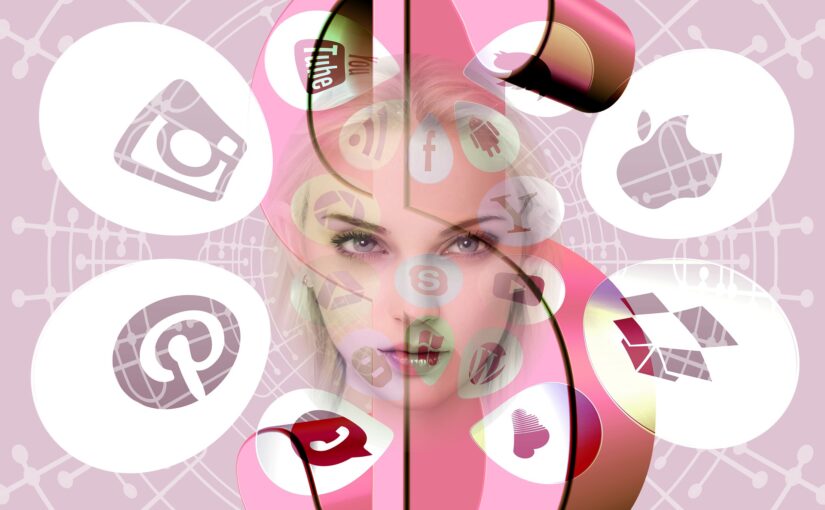Because followers are so important to influencers, building an engaged audience is one of the key goals of influencer communication. People are more likely to stay as followers if they feel connected to the influencer and the other people interacting with their content – in other words, if a sense of community forms around the influencer.
In a recent article (Limatius 2023), I investigated how influencers use language to create and maintain a sense of community among their followers, and whether organizations can adapt similar practices to their social media communication. The article is available here as an open-access publication (in Finnish). I will summarize some of its main findings in English in this blog post.
1) Influencers create a sense of community by being relatable. Influencers communicate in particular ways in order to appear authentic and trustworthy (see e.g., Kováčová 2021; Meer & Staubach 2020). One part of this is using language in a way that is relatable to their target audience on social media. Influencers might use, for example, informal language, or features typical of certain dialects. They may also want to avoid seeming “too perfect”. By using self-deprecating humour, opening up about their imperfections, and leaving in mistakes in their social media posts, influencers can highlight the fact that they are “regular people”, just like their followers.
2) Influencers interact with their followers actively. For the followers to feel included in the influencer’s community, one-way communication in the form of social media posts is typically not enough. Influencers also need to react and respond to their followers’ feedback. By personalising their responses to individual commenters, influencers show their followers that they know them well. In addition, they create a sense of closeness by directly communicating with their audience.

3) Influencers publicly support and maintain relationships with others. In addition to interacting with their followers directly, influencers can create a sense of community by publicly praising other influencers they share an audience with. Positive interactions with others help maintain an image of connectedness and friendliness. When describing others, influencers use features such as positive adjectives and affectionate nicknames, as well as hashtags and emoji that have positive connotations. In this way, influencers communicate their relationships with others to their followers through their language use.
4) Influencers define their audience. One central characteristic of a community is the members’ awareness of the group and its boundaries. In other words, people need to be able to pinpoint what makes this community special, and different from other groups. This can be done, for example, by highlighting the community members’ shared characteristics, values, and identities. For an influencer, defining the boundaries of their community has both benefits and disadvantages. For example, an influencer might choose to highlight her experiences of motherhood in her social media content. This could make followers who are also mothers feel like they belong to the same community as the influencer. However, it could also isolate other, potential followers who cannot relate to anecdotes about parenting. So, influencers often have to make a choice between a smaller, but perhaps a more loyal community, and a broader audience that may feel less attached to the influencer’s content.
If you are interested in learning more about language use in online communities, you can have a look at my other articles in the Works section!
References
Kováčová, D. (2021). Becoming #Instafamous: The analysis of (in)formality in self-presentation on Instagram. Internet Pragmatics 5(1), 12-37. https://doi.org/10.1075/ip.00069.kov
Limatius, H. (2023) Somevaikuttajat yhteisöjen luojina. In H. Reinikainen & S.-M. Laaksonen (eds.), Vaikuttava Viestintä. ProCom – Viestinnän ammattilaiset ry. doi: https://doi.org/10.31885/9789526973746.
Meer, D. & K. Staubach (2020). Social media influencers’ advertising targeted at teenagers: The multimodal constitution of credibility. In C. Thurlow, C. Dürscheid, & F. Diémoz (eds.), Visualizing Digital Discourse: Interactional, Institutional and Ideological Perspectives. Berlin, Boston: De Gruyter Mouton, 245–270. https://doi.org/10.1515/9781501510113-013


